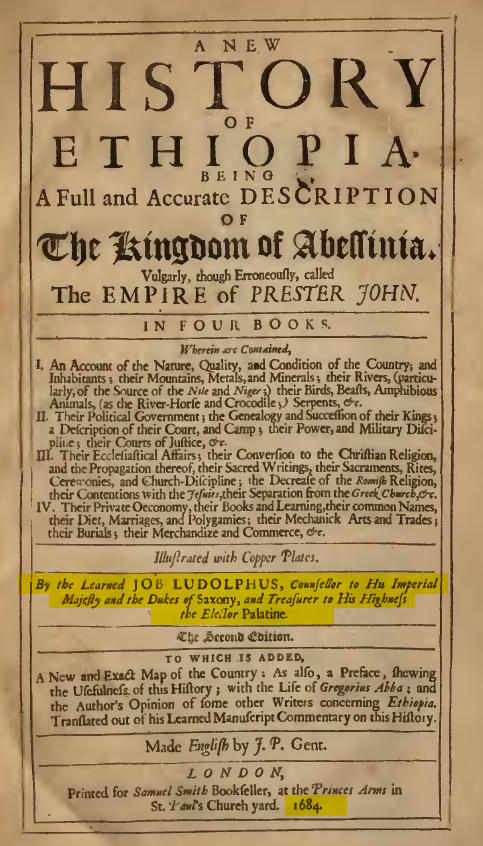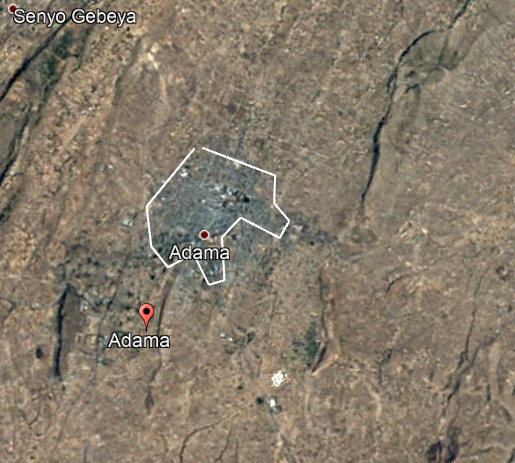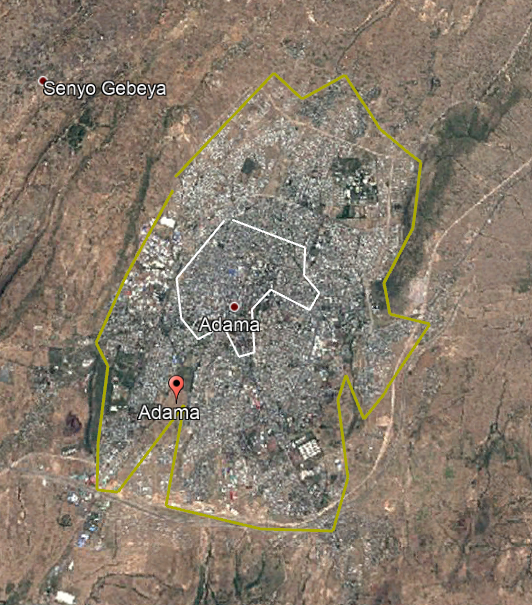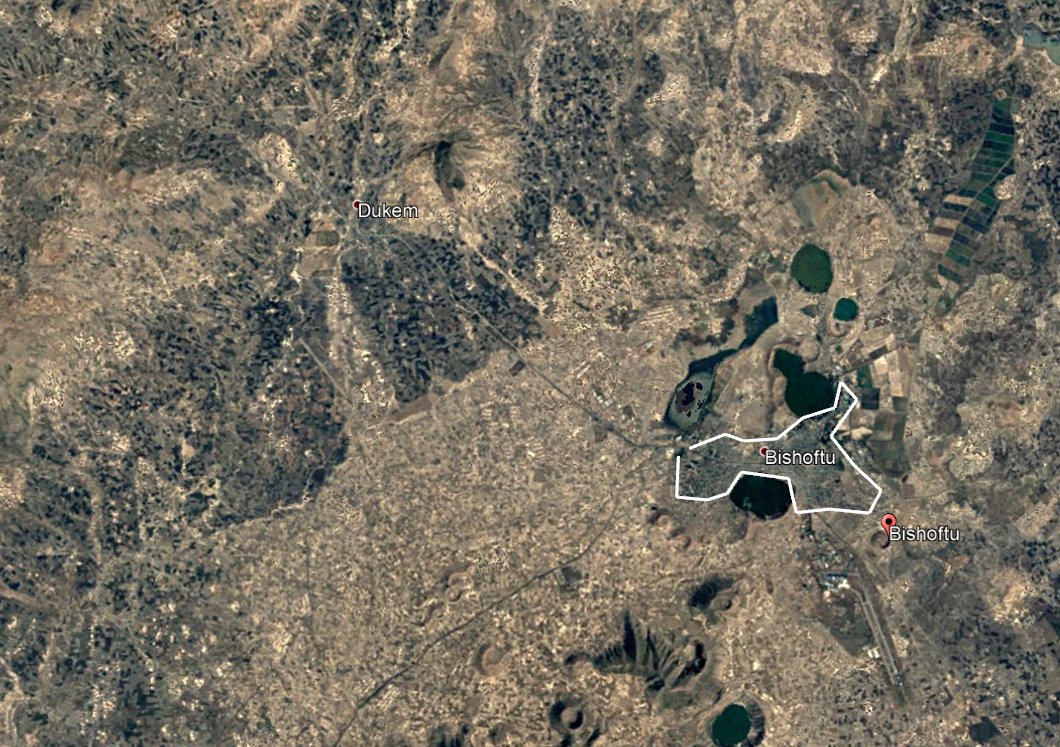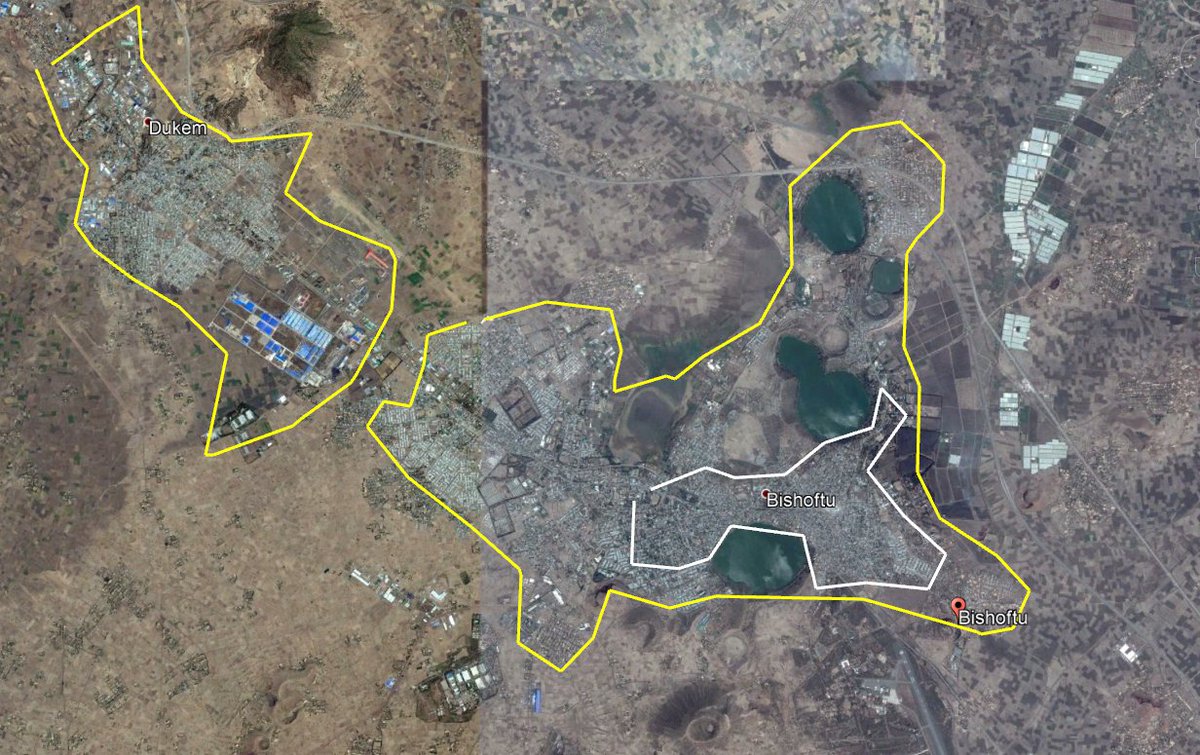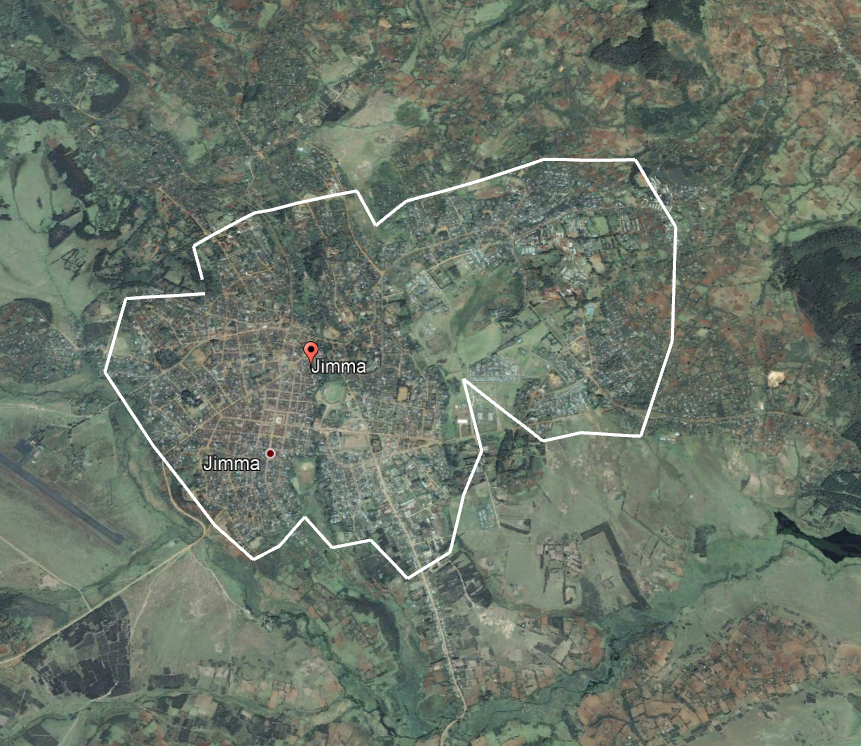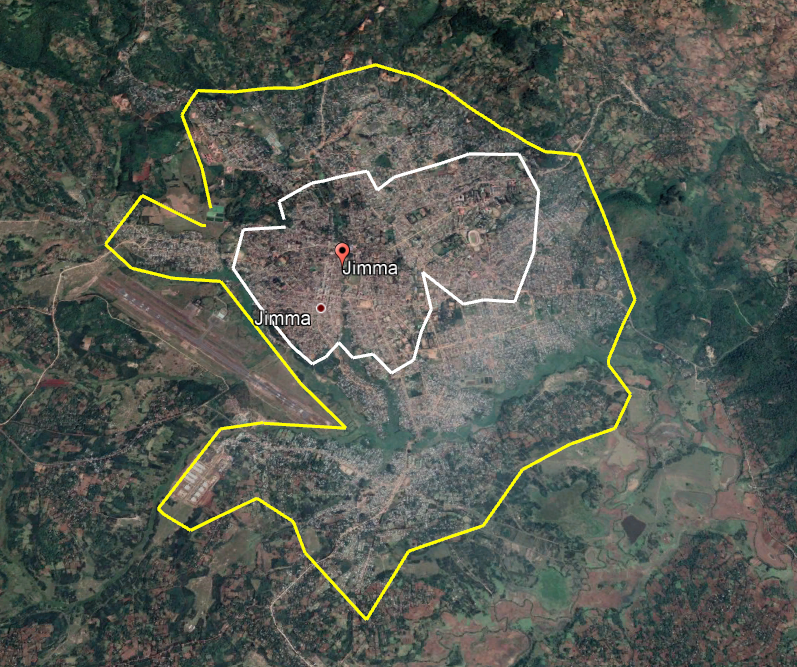
Amhara vs Galla: A short story on the origins of hate.
While it is customary to associate Amhara and Galla to tribes, a lack of historical context has allowed for politics to hijack religious animosity and convert it into ethnic currency.
While it is customary to associate Amhara and Galla to tribes, a lack of historical context has allowed for politics to hijack religious animosity and convert it into ethnic currency.
The two major players that birthed the Amhara/Galla animosity are the Ethiopian Orthodox Church and Ahmad ibn Ibrahim al-Ghazi, other wise known as Gragn Mohammed. In the early 1531 Gragn began an incredible invasion of Ethiopia.
Unfortunately most Ethiopians are unaware of how devastating the invasion was. Ethiopia all but extinguished. In fact, it was nothing short of a miracle how Ethiopia survived. The destruction Gragn laid on Ethiopia was such a blow that it crippled Ethiopia for centuries to come.
Having conquered over two thirds of the land, Gragn destroyed Churches and looted Ethiopia's stored wealth. But more importantly to our story, he brought an end to the Orthodox Church, or almost did.
This was a transforming moment for the Church. They had lost not only their Churches, but ancient books of immeasurable worth. Not to mention their priests were slaughtered and families executed. By the time Gragn had reached Tigray, what was left of the Church was in hiding.
At this point the King Lebna Dengal pleads the Portuguese for help. This is part of the translated letter of his response to the Portuguese sending 300 musketeers. 



The story of how the musketeers prevailed is one of the most thrilling stories you could read. Because the musketeers actually fail. And Christopher Da Gama, yes the very son of Vasco da Gama, is captured, tortured and slain.
With all hope lost it was actually Queen Seble Wongel who rallies 120 men who would answer her call, what's left of the Portuguese musketeers and her son, now Emperor Gelawdewos, to make one final stand against Gragn. And they prevailed.
However the Ethiopian empire was in shatters. Things would never be the same, especially for the Church who, understandably became incredibly paranoid. It could be argued that faith died and blind religion was born.
The Church was angry, bitter, scared, in mourning and was operating in survival mode. Being rational was in short supply. After the death of Gragn another threat appeared at the shore of the country. The Oromo expansion.
Many historians have noted that this was not like the Gragn's jihad. But natural movement of people mixed with strong invasions, by what was then known as the Galla. As far as the Church was concerned, they were not Orthodox. This was not a race issue. But religious survival.
So much so in fact the Church nearly dethroned Emperor Gelawdewos for accepting the Portuguese Catholic Jesuits religion and his attempt to convert the country to Catholicism (one of the promises made in return for Portuguese help). This was never a question about race.
While it is unclear what happened to the Amhara, it is quite possible that the remaining Church after Gragns invasion were probably the last remnant of the Amhara ethnic group. Because soon after, Amhara will become synonym with Christian and their Kings are no more recorded.
So there you have it, a Church that was scared for life that it created a tradition of "survival", meaning trust no one, and anything not Orthodox is a threat and must be treated like one. It didn't help that the newly introduced Gallas were also engaged in violent take overs.
Eventually Galla became the Churches abbreviation for heathen and in fact uncultured. It would eventually degrade the name to a derogatory term, but this would be more recent history. Up until the death of Menelik II, the Galla issue was clearly not a race issue, but religious. 



This antagonism between the Church and the Galla was latter rearranged and exploited along ethnic lines. Amhara was once again used to refer to a people instead of religion and Galla was reborn as Oromo in an effort to politicaly distance itself from its true origins and history.
• • •
Missing some Tweet in this thread? You can try to
force a refresh

